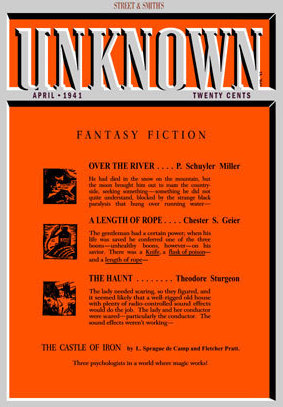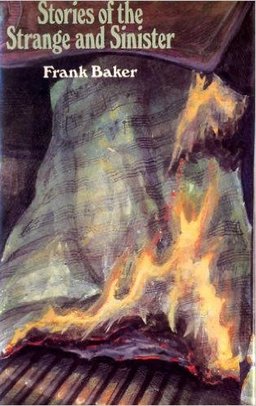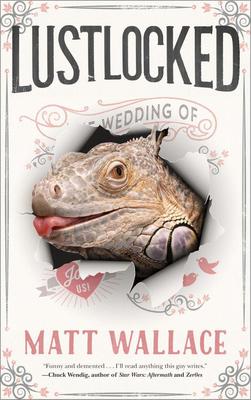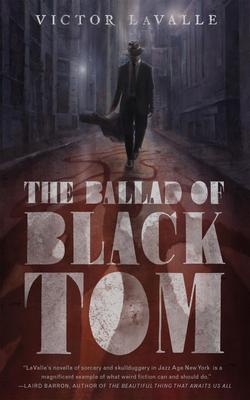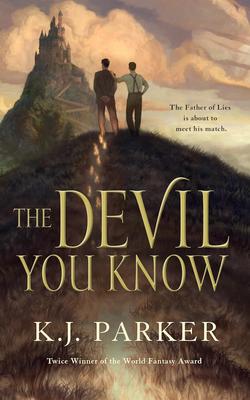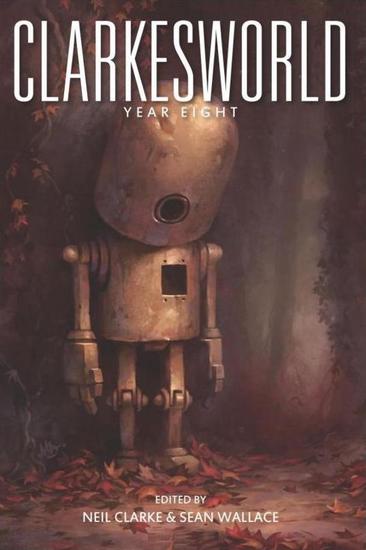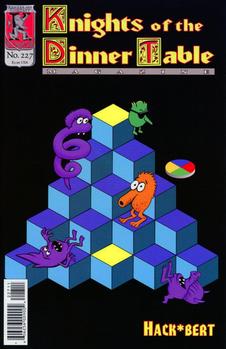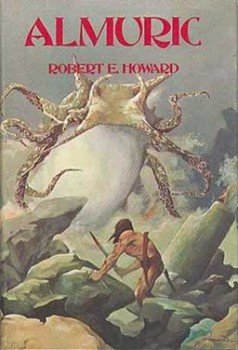Book Review: The Mark of the Shadow Grove by Ross Smeltzer
If you have a book you’d like me to review, please see this post for instructions to submit. I am officially out of stories, since I haven’t received any recently and I’m reluctant to go back to submissions from more than a year ago.
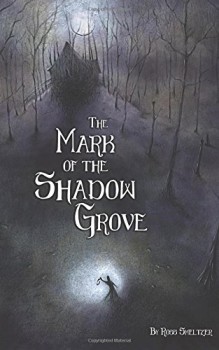 While I usually limit myself to self-published books in my reviews here, I’ll occasionally review small press publications if I’m asked. This month’s review is of one such book, Ross Smeltzer’s The Mark of the Shadow Grove.
While I usually limit myself to self-published books in my reviews here, I’ll occasionally review small press publications if I’m asked. This month’s review is of one such book, Ross Smeltzer’s The Mark of the Shadow Grove.
The Mark of the Shadow Grove is somewhere between a novel and a story collection. It contains three novellas, “The Witch of Kinderhook,” “Lord of All High and Hidden Places”, and “The Rule of Old Blood.” These three stories are all first person, but each one has a different narrator from a different time period: a necromancer’s apprentice in the 1820s, a young coed in the 1880s, and a journalist in the 1920s. But though the stories are from different perspectives and different times, they are ultimately connected, telling the story of two intertwined families, and the dark secrets that bind them. It is Lovecraftian in its horror, with gods beyond human ken who cause madness in those who encounter them, but it has eschewed any of Lovecraft’s deities for more familiar ones.
“The Witch of Kinderhook” tells its story both through the recollections of Tom, the aforementioned apprentice, and the journal of his missing master, Carver. Carver is not much of a necromancer. In reality he is a medical examiner with a history of fraud, an unhealthy obsession with old books of supposed occult lore, and an ill-founded belief in his ability to apply science to the ancient search for reviving the dead. He has come to Kinderhook to find the witch who dwells there, sure that she knows the secrets he seeks. Carver is disappointed with what he finds, and holds the witch’s attempts to teach him in contempt. Tom, meanwhile, is drawn to the beautiful witch Katrina.



